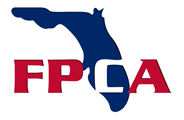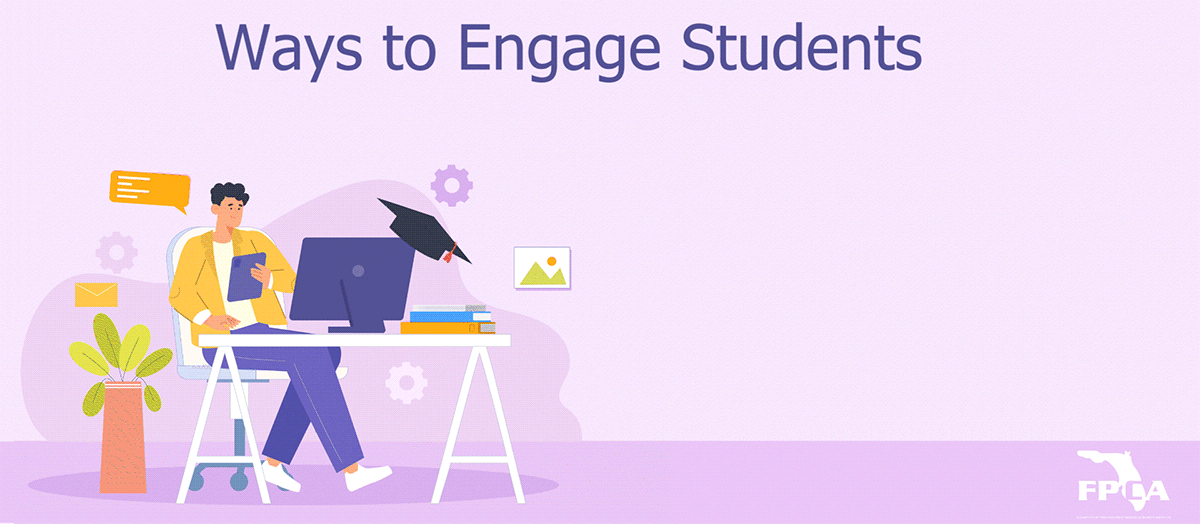It is no secret that the construction and precast industries have a current labor shortage. Unprecedented activity levels in the residential, commercial, and civic sectors might be impacted by a lack of qualified personnel.
The good news is that precast manufacturers can change this by working with education leaders to help guide the next generation of precast architects and engineers to success.
Workforce Training at the Preparatory Level
Precast concrete design has not traditionally been a common technique. Despite being one of the most adaptable construction materials available, precast concrete has not been fully marketed by the precast industry. Higher education aims to sow the seeds of precast in a young student’s toolkit for future use.
Students bring new ideas that perhaps their more experienced colleagues are unfamiliar with when they complete their studies and enter the job. Young professionals contribute to providing design solutions that may not have been previously thought of by bringing and exchanging perspectives.
When it comes to employing graduates, there is a predetermined link between institutions and precast firms that increases success. To give the skills to its students, who are then employed or retrained, the institution first asks a nearby private sector firm what skills they require in potential workers. This presupposes a close partnership between schools and businesses, in which businesses actively participate in college programs and are driven to hire mostly from these establishments.
PCI Studios
Future designers and engineers must get a university degree for the precast concrete business to expand. Investing in higher education is worth it as aspiring industry professionals become experts in their fields.
For 20 years, the PCI Foundation has given funds to colleges of architecture, engineering, and construction management to advance their curricula. With the help of this financing, lecturers can collaborate with regional precast producers, engineers, and architects to develop original precast content. These collaborations establish connections between the precast sector, academics, and upcoming business leaders.
The PCI Foundation offers a four-year grant program to universities in the form of a “studio” that enables professors to work through a proposed problem using precast as a solution, along with educational visits from precast concrete industry professionals, manufacturing plant tours, and reference/teaching materials.
Upskilling and Reskilling Employees
It’s not necessary to limit workforce development to just young students. Workforce development programs can also focus on workers who desire to further their careers.
The advantages of training are widely recognized and fairly obvious; for instance, hiring an apprentice and/or training staff helps companies enhance their workers’ abilities per their standards. This is an investment in the expansion of a company and the industry.
Employees who have received training are more motivated to succeed because they are emotionally invested in their work. This benefits a company by promoting employee retention and fostering a healthy workplace culture.
Simply put, a precast manufacturer that supports staff growth will more likely be able to retain them. They should be given development options, such as online classes, to help them learn the abilities they’ll need to succeed in the company.
Employers willing and able to assist in molding the next generation of competent professionals must ensure that the sector has enough qualified workers to remain viable.
Ways to Engage Students of All Levels
Throughout college, students should have an eye on the future, and precasters can assist them in this preparation. Precasters may support the next generation of precast workers by providing insightful tools and interesting material, strengthening an already weak workforce.
Guest Speakers
The function of a guest speaker from the precast industry with substantial information to impart to students plays a key part in enhancing the courses taught in the classroom. They can accelerate students’ overall learning curves by acting as a beneficial real-world adjunct to lectures.
Site Visits
When students leave the classroom and tour precast sites, their observation, memory, and real-world experiences increase because they are exposed to the practical components of precast education.
College Career Centers
Working closely with career centers and establishing themselves as important resources to them is a terrific method for precasters to connect with their future workforce. To do this, resources can be allocated to work one-on-one with kids who have a particular interest in precast.
Various Forms of Content
The typical lecture learning structure is well-known to students, yet it does not always pique their interest or engage them. By providing instructional resources to today’s students in various ways that reach them where they are currently, including social media, precasters can assist in capturing their attention.
Mentorships
Mentorship programs enable precasters to work closely with students and share their knowledge with individuals most interested in their field.
Precasters Can Get a Head Start on Workforce Development Through Education
Education is a major part of having a successful workforce development strategy for your precast company. From engaging students currently in school to providing continuing education opportunities for your workforce, putting education at the forefront of your workforce development efforts is key to helping to build a generation of highly skilled precast workers.





